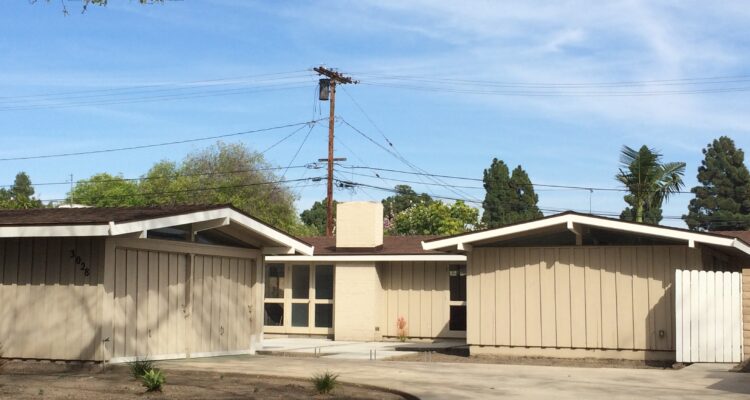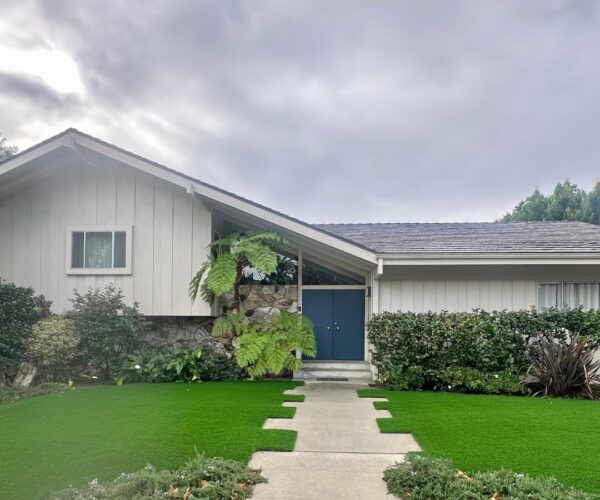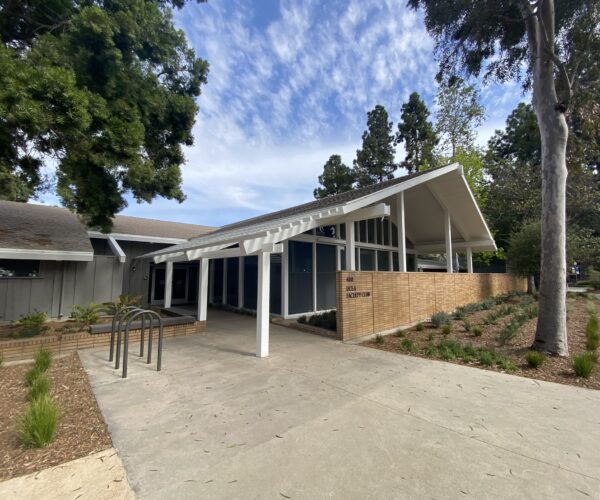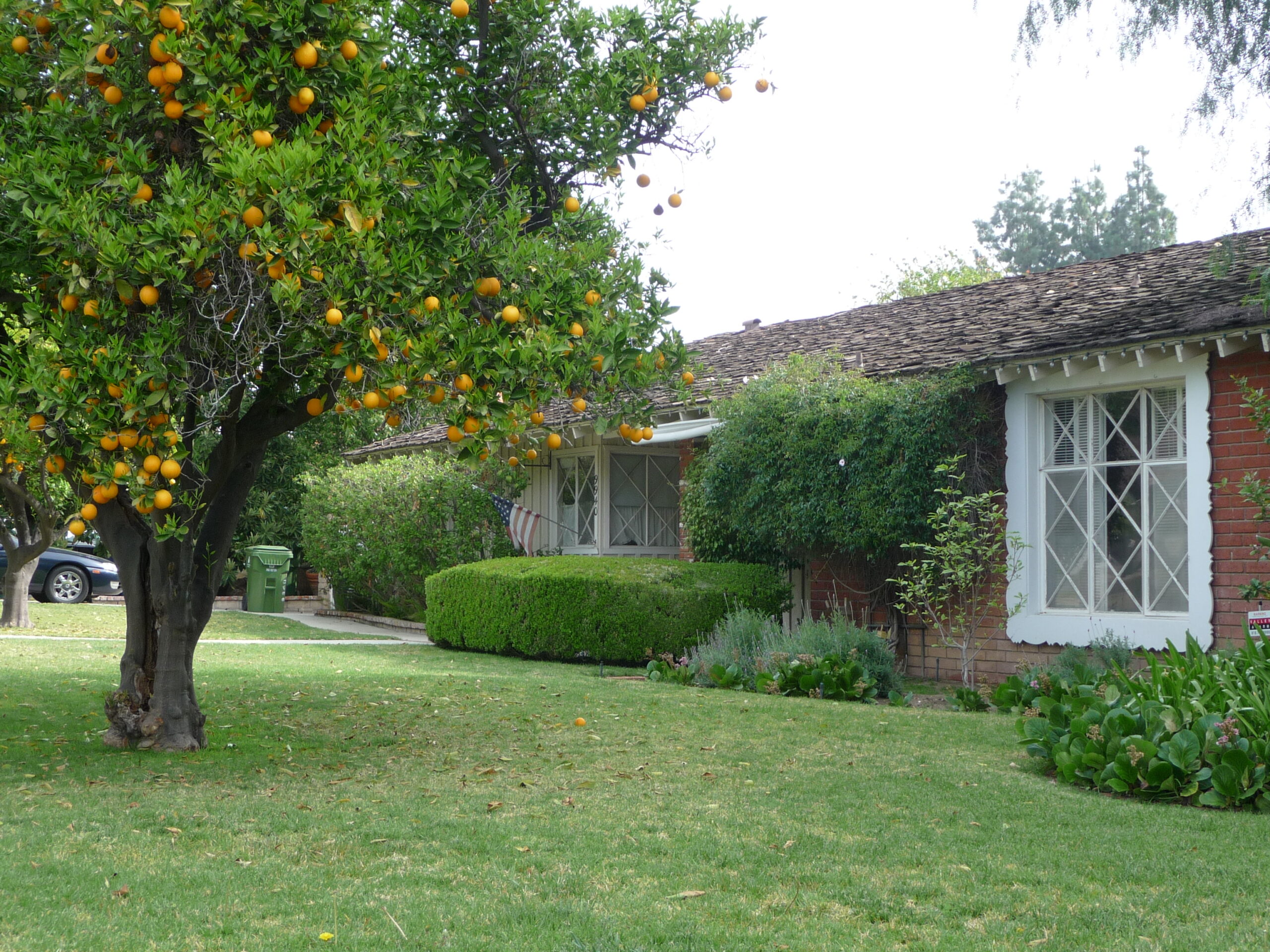
Place
Rancho Estates
Of the many tract housing developments Cliff May designed in the 1950s, the largest (and one of the highest-praised) was Lakewood Rancho Estates in Long Beach.
Place Details
Address
Get directions
Architects
Year
Style
Decade
Designation
Property Type
Community
Considered by many to be the inventor of the modern ranch house, Cliff May is a legendary figure in Southern California architecture. Of the many tract housing developments he designed in the 1950s, the largest (and one of the highest-praised) was Lakewood Rancho Estates in Long Beach.
Completed in 1953-1954, Rancho Estates was part of the larger Lakewood development, but was designed separately by May and his architect partner Chris Choate (May was given honorary AIA designation years later). The developer, Ross Cortese, wanted to use May and Choate’s Modern house designs in this 700-house tract so he could offer the latest in modern living to potential buyers looking for a piece of postwar suburbia to call their own.
The homes of Rancho Estates are all Contemporary Ranch in style and represent several different models, most of which are L-shaped and have three or four bedrooms. They have shallow gabled roofs, clerestory windows, and board and batten siding, combining sleek Modern lines with rustic accents to epitomize the latest in the Ranch style.
May emphasized indoor-outdoor living, so the houses featured large windows and glass doors that opened onto patios and courtyards paved with grids of aggregate concrete.
Each house is set well back from the street, with fencing enclosing the front courtyard to maximize outdoor space and privacy. The large amount of outdoor space was a major selling point, with newspaper ads announcing the Rancho Estates homes had “4 Times Visual Living Space.” The homes were designed using a five-foot module and were very cheap and easy to build; according to the Los Angeles Times, because the major elements were pre-cut and assembled, four men could put the basic structure up in a day. May and Choate brought Modern living to the masses in their highly regarded designs for Lakewood Rancho Estates, and today the homes are prized by lovers of the Contemporary Ranch lifestyle.


